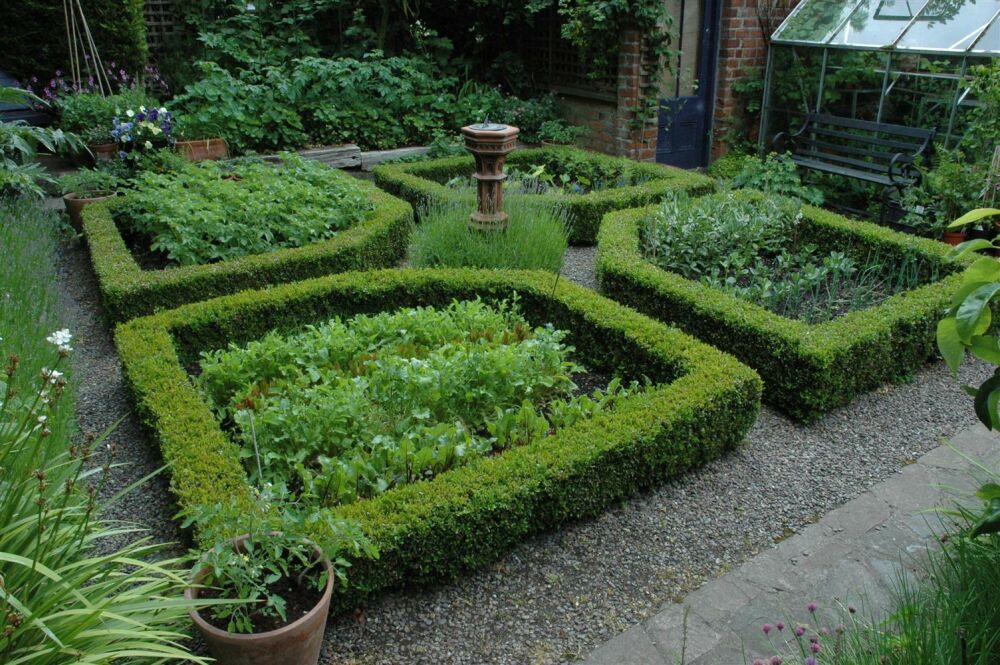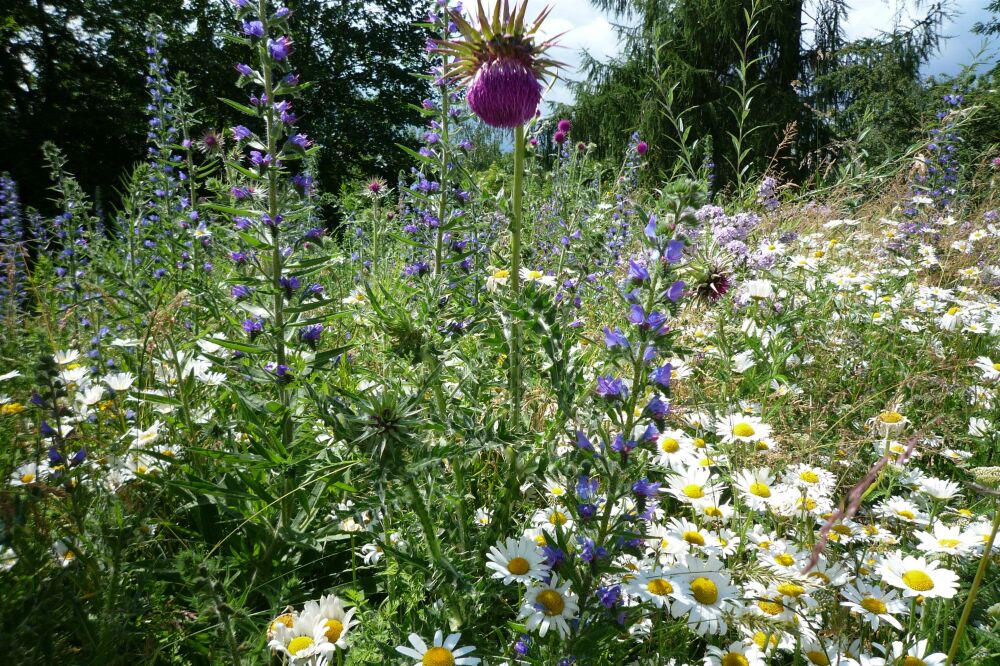TIPS - How often do you water new plants, and how much water is enough?
Just imagine the following: you bought new plants and spent a whole weekend making sure they are properly distributed and planted in your garden. They are looking beautiful. You are proud and happy that this job is done. But suddenly - after a few days - the new plants don’t show much life, as if they are dead... Even worse: some are already dead! But how? You have watered them in the right way, right? It seems so easy, but watering is very precise when it comes to plants. If you give them too much or too little, it can be the end of the story. In this blog we give you some tips on watering new plants.
Superficial watering is of no use
In spring and springtime, new plants need a lot of water. Especially if it does not rain much, you will have to pay close attention and water the plants regularly. Trees and shrubs need even more care because the moisture from the many leaves evaporates more than the roots can absorb. So remember to give them enough water. Don't just spray it with a garden hose so that only the top layer of soil gets a little wet, but make sure that the water reaches the roots. Only watering the plants for a short while is not a great idea because in this case, the plant no longer makes deep roots but only very superficial ones in order to survive. You can imagine that in the long run with dry weather this will cause the same problem over and over again.
So how should you water the new plants?
What we advise is the following: water the plants once every few days; with a large amount. So that the soil is thoroughly wet and you can be sure that the moisture has reached the roots. Check this every now and then. How? First let the water soak into the soil for about an hour. Then take a shovel and dig away some soil. Is the soil still moist at a depth of about 25 centimeters? Then you have given enough water.
We recommend that you immerse the entire root ball in a large tub of water before putting it in the ground. In this way you give the new plants a substantial amount of moisture, and you can be sure that the roots will have enough water
Also beneficial: digging a little ditch around the new planting. Especially if the soil is very dry, which is a wise thing to do. This way, the water does not flow away and is able to penetrate the roots at ease.
Laying a layer of mulch on the ground between the plants also helps against dehydration. The mulch retains the water, allowing it to sink slowly. Nice side effect of the mulch: you will rarely, if ever, see weeds here.
How much water should I give my new plants?
How much water is enough? Great question. It depends entirely on the plant, the type of soil, what time of year we are in and whether it rains regularly. Because in the latter case you only need to water very little or not at all.
You can regularly check the soil as we have described above. Then you know if the roots have enough water. Also important – something many people don’t know - is that you should not wait too long before watering the next time you water your new plants. After all, dry soil does not absorb water as well as moist soil.
New perennials should be watered with about 1 liter. For shrubs and bushes this is about 5 liters per plant. And if you have planted trees or large shrubs, they can use up to 10 liters per tree or shrub. Of course, they don't need that much water if it has just rained.
When should I water my new plants?
If it’s summer and it is hot outside, water every day. Preferably later in the evening when the temperature is lower. If it's a sunny spring or there are mostly cloudy summer days, limit watering to every two or three days. In the spring and on cloudy summer days, water every three or four days.
From about the end of October to the end of February, the plants are in hibernation and it should rain sufficiently. Therefore, you do not need to give extra water during that period. If the soil is very dry and there is no rain, our advice is to water a little.
How do I water plants in pots, tubs or containers?
Plants in the open ground can of course in most cases fall back on a ‘reserve' of groundwater if they get too little moisture. This is not the case with plants in containers, pots or tubs. They only have the water from the pot, tray or tub itself. Again, it is best to keep the soil moist at all times. On hot summer days, it is important to water several times a day. It does not have to be a huge amount. It is wise to put a bowl underneath anyway. Most of the water will 'disappear' through the holes in the bottom of the pot. If there is a bowl underneath, the roots can absorb it at the moment they need it.
As we already wrote, it is quite difficult to write a general blog article on how much water is needed for a certain plant. Therefore, check the soil regularly. And if you are in doubt, please contact our customer service. They’ll be able to tell you how to water each plant.



